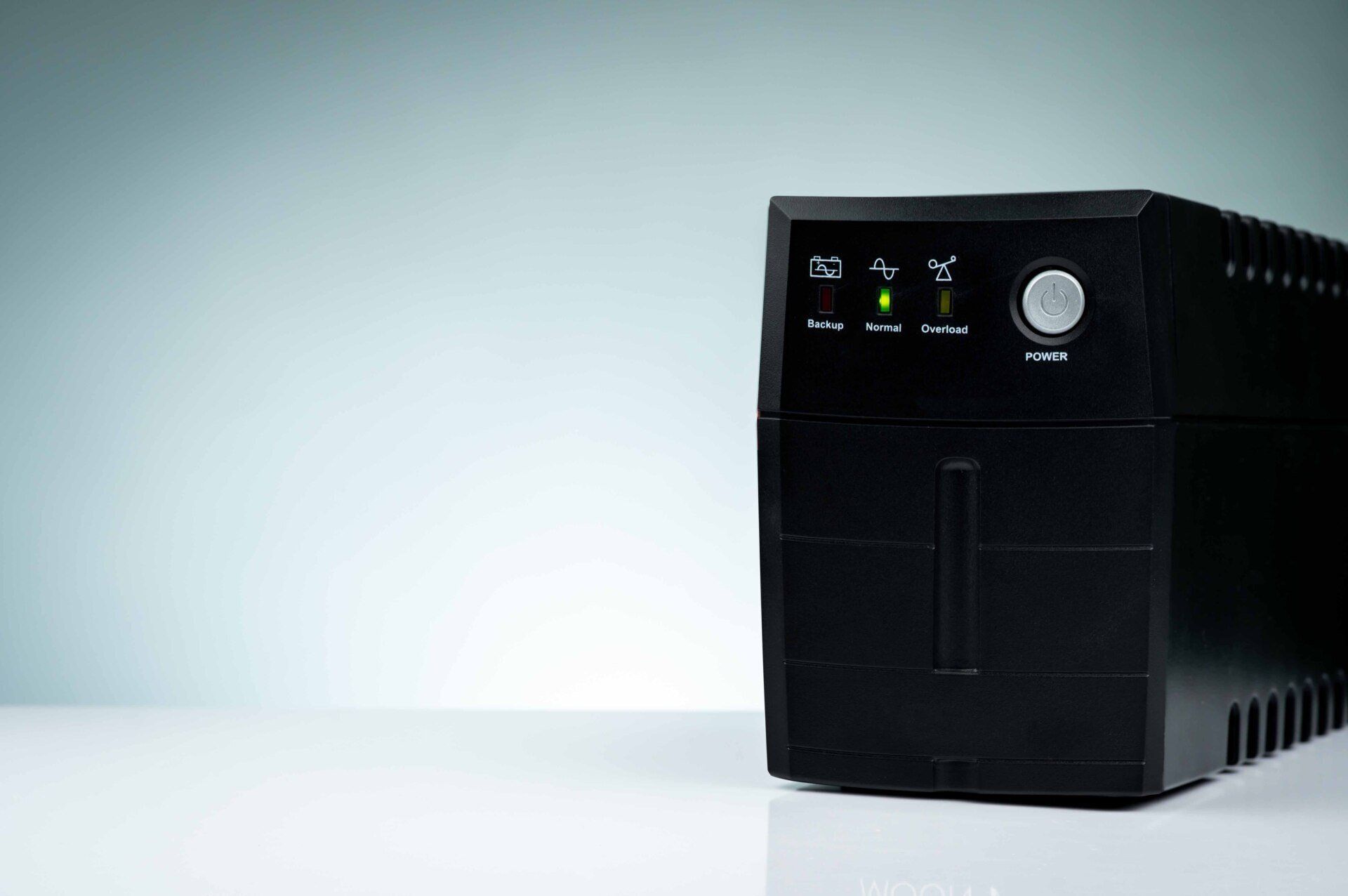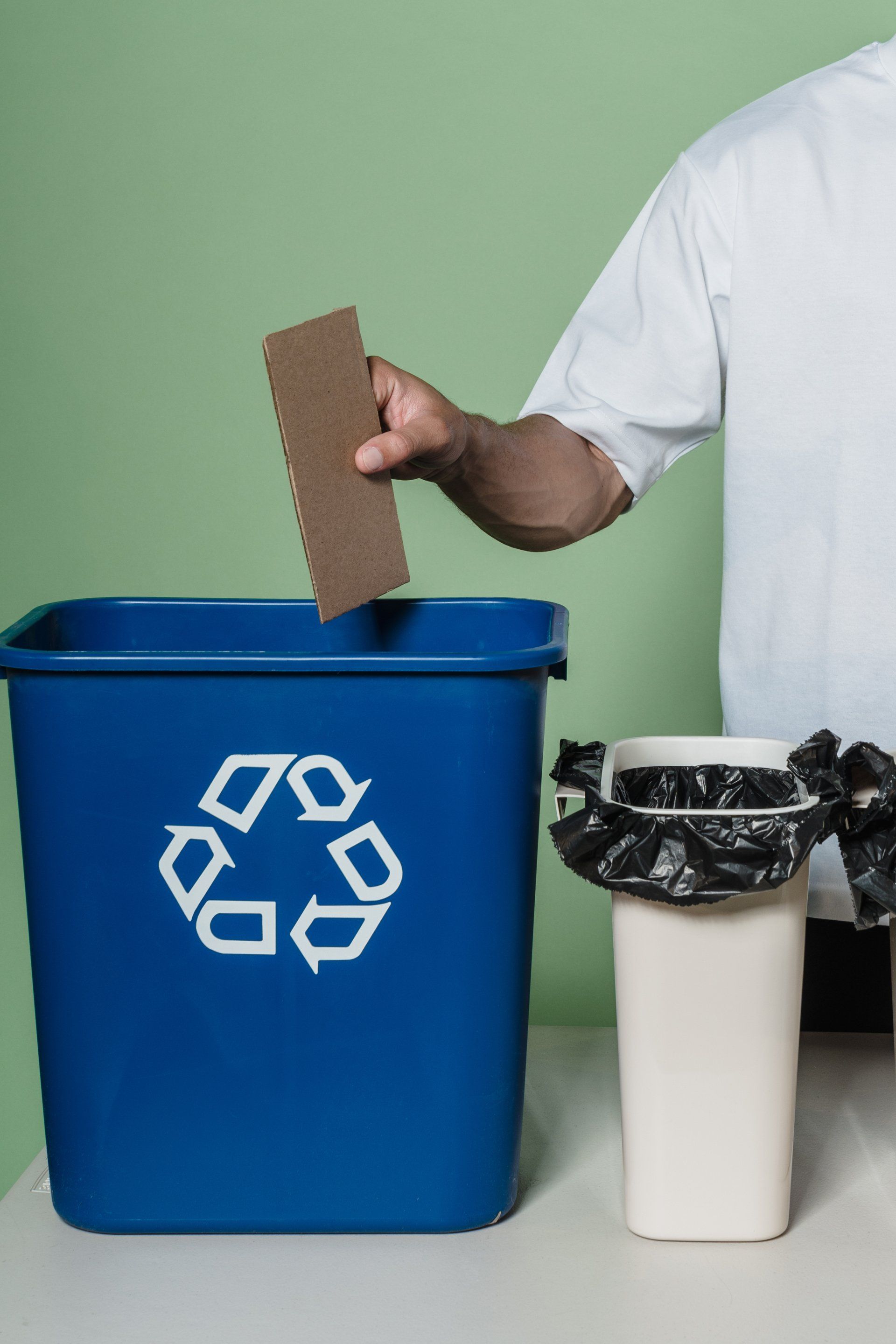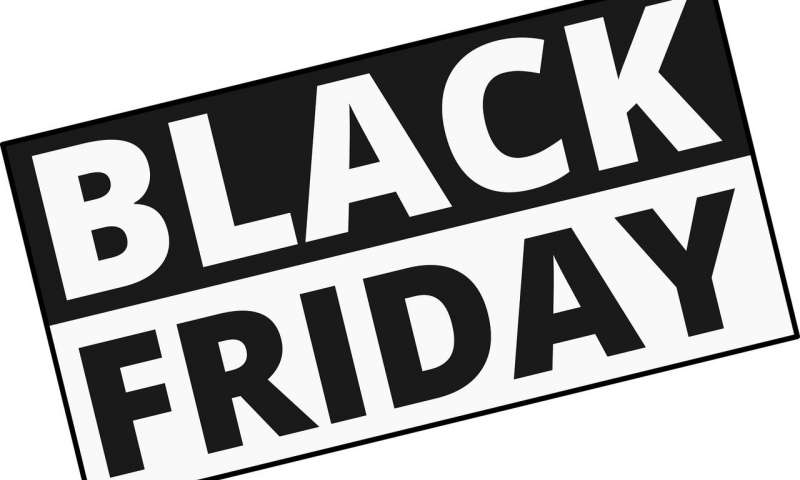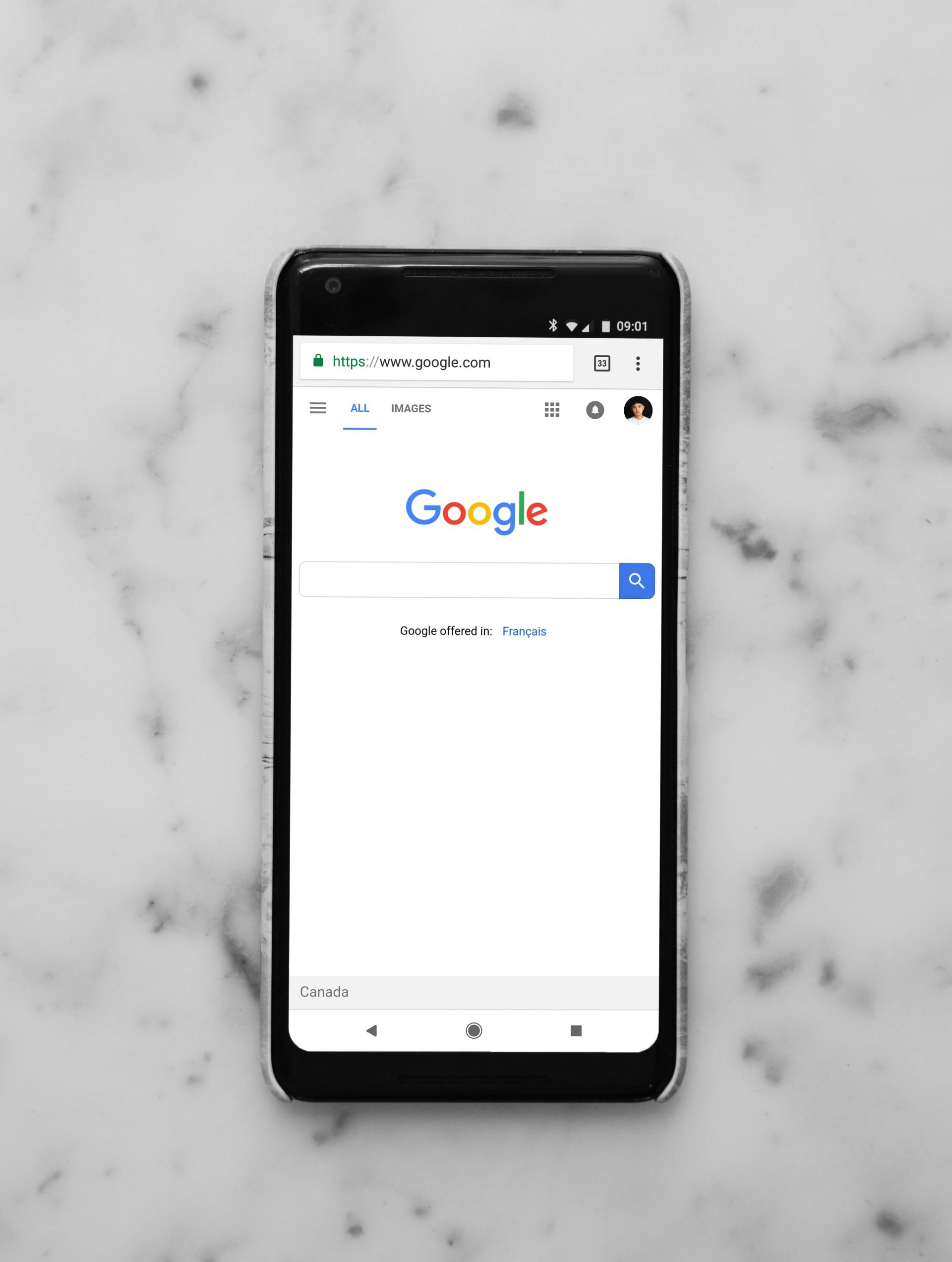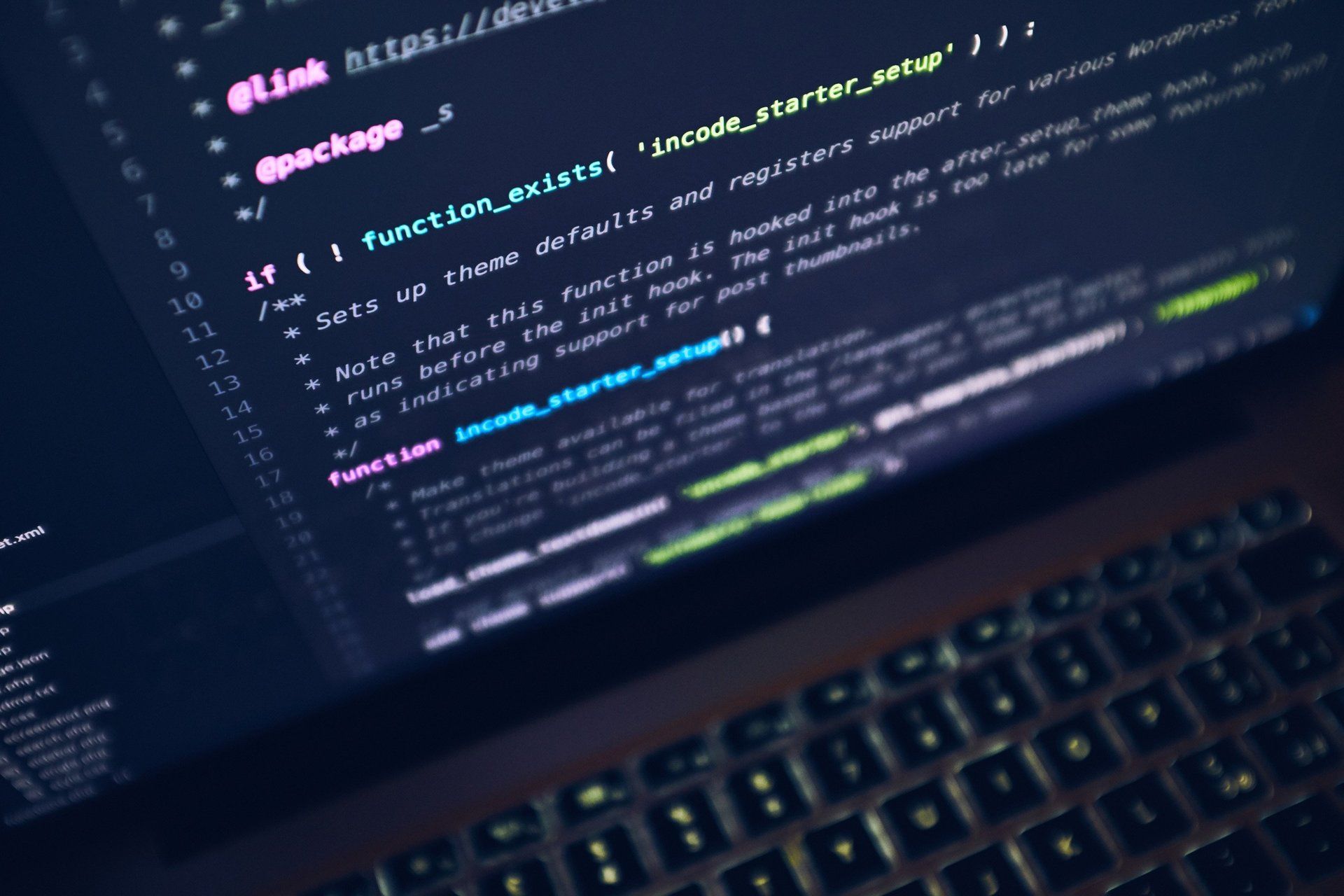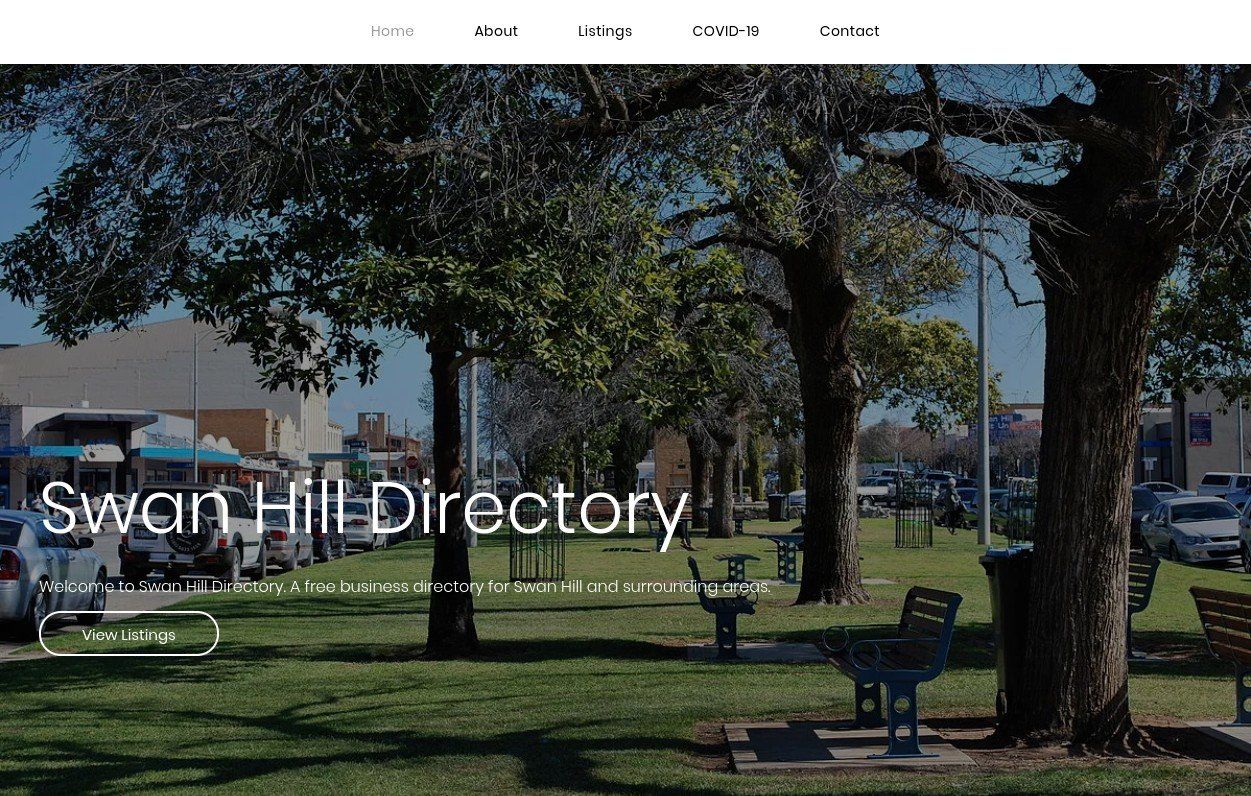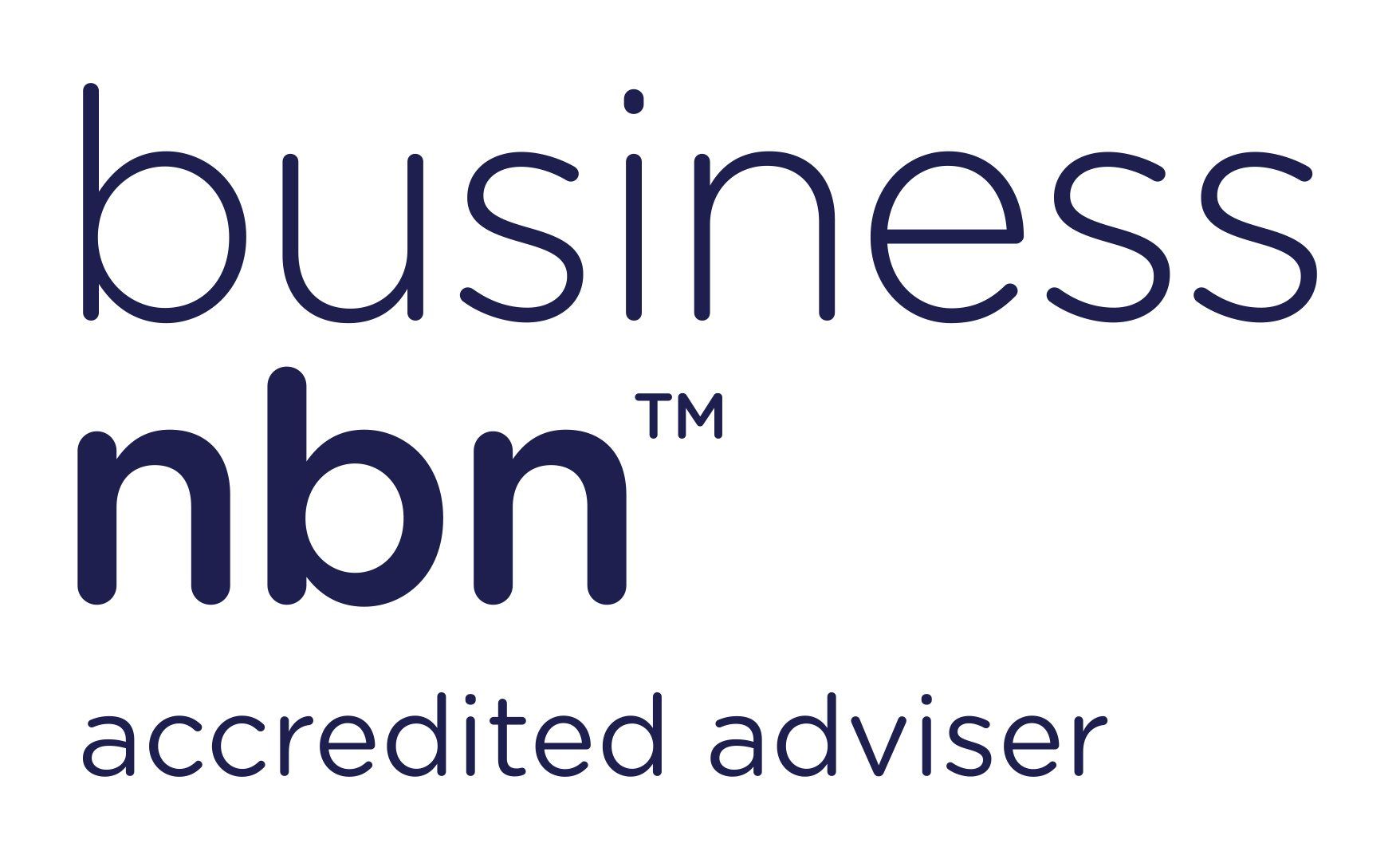PayID / Banking Scams
As everyone would be aware by now given periodic media coverage, banking scams are running rife. Some statistics from the Australia Banking Association should that 92% of Australian adults have been exposed to a scam or fraud in the last year, and 37% of Australians know a close friend, family member (or themselves) who have lost money to a scam.
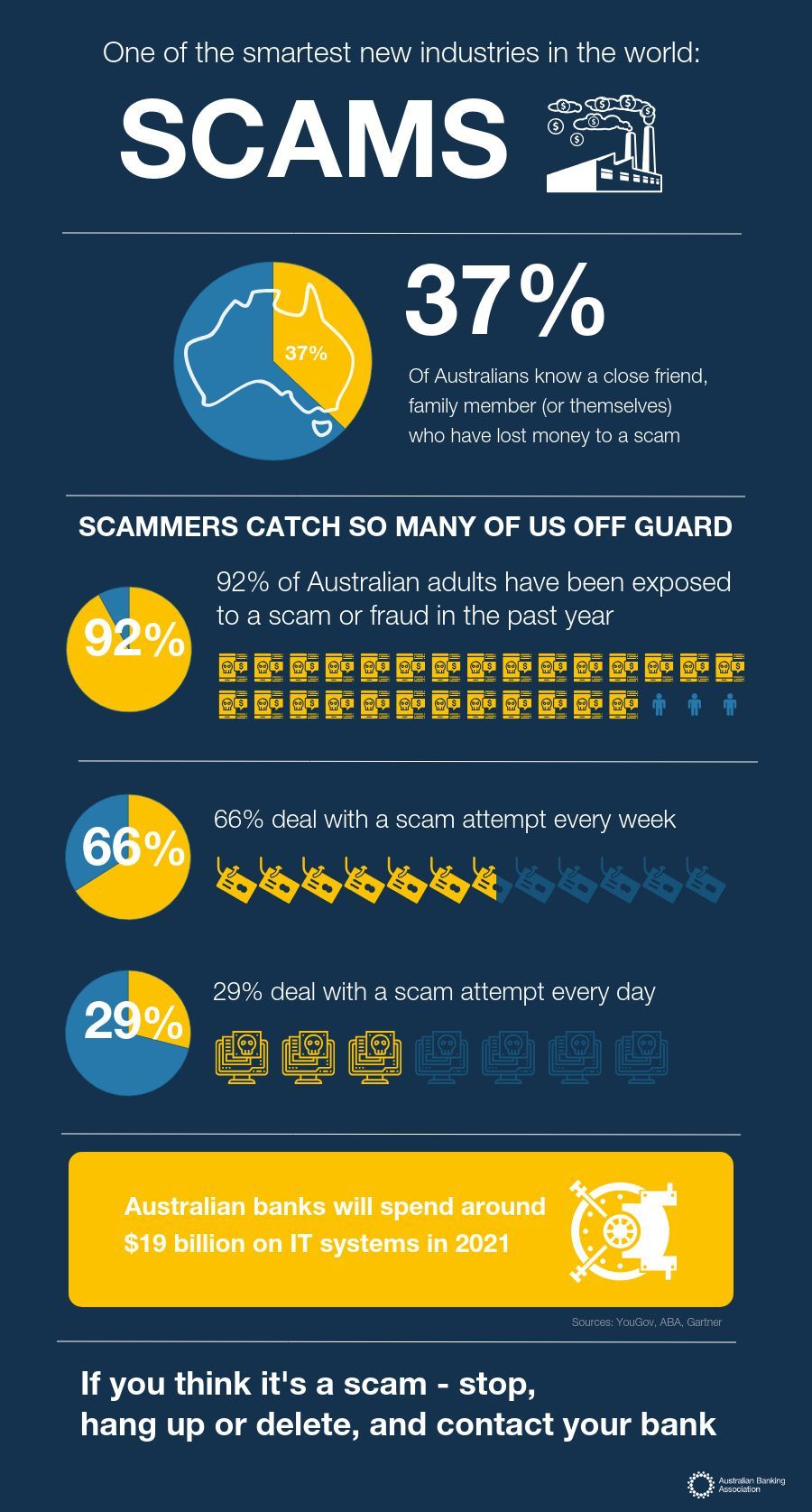
So, what can you do about this? Well one of the first things is start using PayID for general funds transfers wherever possible – which includes setting up a PayID for yourself for others to use with you.
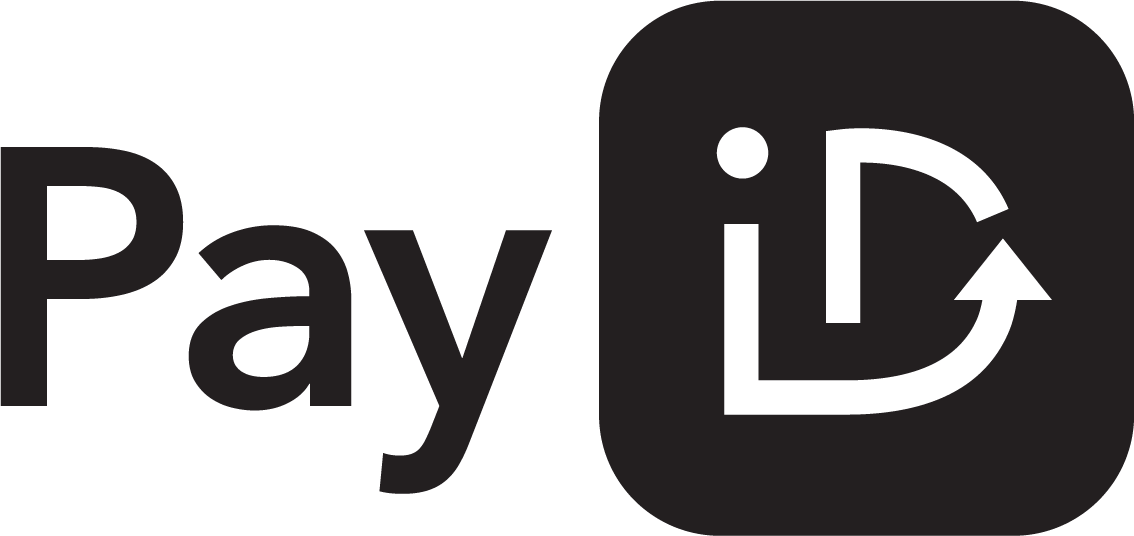
What is PayID? It’s a secure, fast, simple way to doing funds transfers. It’s not new – it’s been around since at least 2018. But like QR codes before Corona, it’s a technology which has been around a while (QR Codes are about 20 years old) but with little general knowledge of it.
In essence, you setup a PayID against a bank account in the form of a mobile number, email address or ABN (if you’re a business). You then share that PayID instead of the BSB and Account number for people to transfer money to. When the sender uses the PayID, it first shows a confirmation of who the money is being sent to (unlike when you use a BSB/Account number combination), and when sent it uses the Osko network (again another piece of technology that’s been around for a while) to do the transfer, meaning the receiver generally has the money within a couple of minutes.
So, alongside the other general tips for protecting yourself from scams –
- Never share passwords and personal information.
- Anyone asking for a password is probably a scammer.
- Be a sceptic when reading email attachments, links and texts. When in doubt, delete.
- Scammer’s target everyone, and they sound genuine.
- Use up-to-date anti-virus software to protect your computer.
- Don’t send money or personal information to people from unusual locations.
On the personal information one I would add that includes NOT answering those quizzes on Facebook to find out your tattoo, or who walks beside you, or basically anything that asks questions about you) – while they might seem harmless, they are a big part of the data breaches that occur because of the information you freely hand over. Basically, if some rando walked up to you on the street and you wouldn’t answer questions like who the co-worker is you no longer work with you miss the most then DON’T answer the questions on social media where it’s even less secure and less private.
Here are links for the PayID website and for the major banks –
And for the full list of the over 100 banks, credit unions, building societies and organizations that offer PayID you can check
here.
Share
